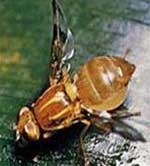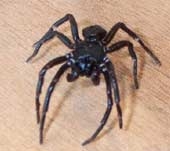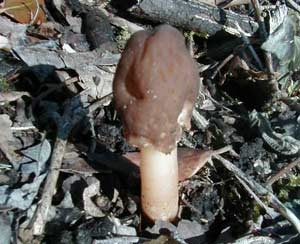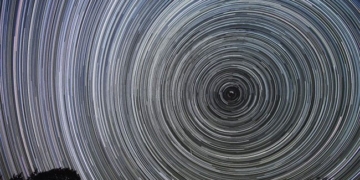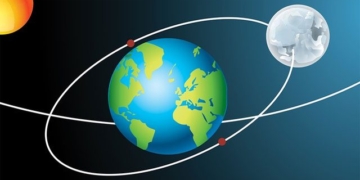Ancient creatures are increasingly emerging as the permafrost melts, resembling familiar plot points from horror films. Under the influence of climate change causing the Earth to warm, in recent years, archaeologists have continuously discovered well-preserved remains of long-extinct species such as the woolly rhinoceros and the prehistoric giant wolf. Scientists have even found bacteria that are 750,000 years old.
However, not everything unearthed from beneath the ice is in a state of permanent death. Moss that existed centuries ago can come back to life in a laboratory environment. Even tiny roundworms have been revived after being buried for 42,000 years beneath the permafrost.

Ancient creatures are increasingly emerging as the permafrost melts. (Image: Internet).
Thanks to measurement techniques and new methods for sterilizing their ice core samples, researchers can better understand what exactly lies within the permafrost.
Recently, a research team from Ohio State University identified a repository of dozens of 15,000-year-old viruses from the Guliya ice cap on the Tibetan Plateau (China), gaining a deeper understanding of their functions.
In the study, scientists were able to identify a “repository” of dozens of previously undiscovered 15,000-year-old viruses. These viruses were excavated from the ice core located at the Guliya ice cap on the Tibetan Plateau, providing further insight into their functions. At an altitude of 6.7 km (22,000 feet) above sea level in China, researchers found that 28 out of 33 virus types they identified had never been seen before.
Accordingly, researchers recently discovered that 28 out of 33 virus types they identified had never been seen before. The specimens were excavated at an altitude of 6.7 km (22,000 feet) above sea level.
“These glaciers formed gradually, and along with dust and gases, many viruses were also accumulated in that ice layer,” the research team stated. According to the team, these bacteria likely represent microorganisms in the atmosphere at the time they were “frozen.”
Previous studies have shown the correlation of microbial communities with changes in dust and ion concentrations in the atmosphere, which can also reveal climatic and environmental conditions at that time.
Microbiologist Matthew Sullivan from Ohio State University noted: “These are types of viruses that can thrive in harsh environments, with signs of genes that help them infect cells in cold environments – this is an incredible genetic signature of how viruses can survive under extreme conditions.”
The scientists then compared their genetic sequences with databases of known viruses. The research team found that the most abundant virus in both ice core samples was the Methylobacterium-infecting bacteriophage – bacteria that are crucial to the methane cycle within the ice.
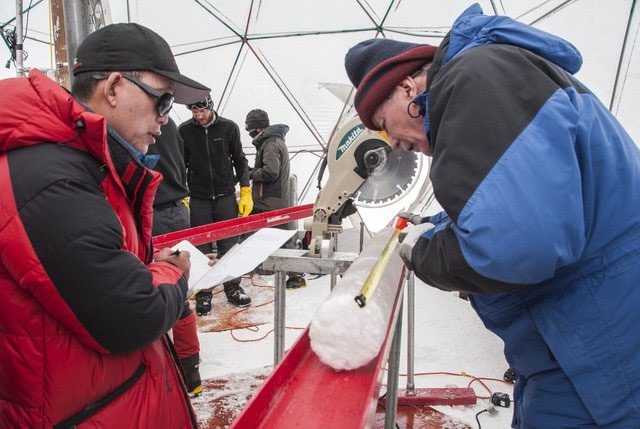
Permafrost can also help us understand past environmental changes. (Image: Internet).
They are most closely related to viruses found in Methylobacterium strains in plant and soil habitats – consistent with a previous study suggesting that the primary source of dust deposited on the Guliya ice cap may originate from the soil.
The research team concluded: “These frozen viruses may originate from soil or plants and facilitate nutrient acquisition for their hosts.”
According to ScienceAlert, close-up views of organisms from Earth’s distant past are revealing the history of ancient ecosystems, including details about the environments in which they once existed. Permafrost can also help us understand past environmental changes and the evolution of viruses.
Earth scientist Lonnie Thompson explained: “We know very little about viruses and bacteria in these extreme environments, and what is really there.”
“How do bacteria and viruses respond to climate change? What will happen as we transition from an ice age to the warm period we are currently in? There is still much to explore.”
However, the melting of permafrost has also raised concerns about the impact of ancient viruses as they are “revived.” In the context of the COVID-19 pandemic still not truly over, these concerns are entirely valid, as ancient viruses could pose a deadly threat to the world.
Nevertheless, the greatest danger lies in the fact that melting ice is releasing something else. That is the large reserves of methane and carbon buried in the ice.
This research has been published in the journal Microbiome.








































